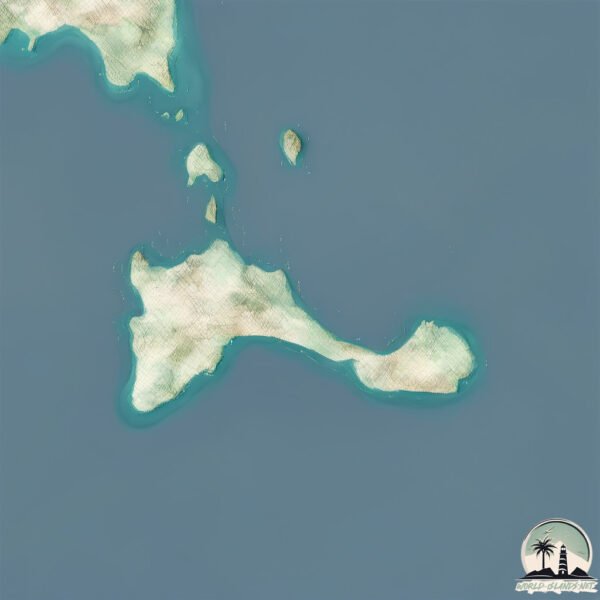Isla de Formentera

Welcome to Isla de Formentera, a Dry island in the Mediterranean Sea – Western Basin, part of the majestic Atlantic Ocean. This guide offers a comprehensive overview of what makes Isla de Formentera unique – from its geography and climate to its population, infrastructure, and beyond. Dive into the details:
- Geography and Size: Explore the island’s size and location.
- Climate and Weather: Weather patterns and temperature.
- Topography and Nature: Uncover the natural wonders of the island.
- Infrastructure and Travelling: Insights on reaching, staying, and making the most of your visit.
- News and Headlines: Latest News.
Geography and size of Isla de Formentera
Size: 81.7 km²
Coastline: 74 km
Ocean: Atlantic Ocean
Sea: Mediterranean Sea – Western Basin
Continent: Europe
Isla de Formentera is a Medium Island spanning 82 km² with a coastline of 74 km.
Archipel: Balearic Islands – An archipelago off eastern Spain in the Mediterranean Sea, known for their vibrant culture, beautiful beaches, and popular tourist destinations like Mallorca and Ibiza.
Tectonic Plate: Aegean Sea – Located in the eastern Mediterranean, this microplate is characterized by seismic and volcanic activity due to its interaction with the Eurasian and African Plates.
The geographic heart of the island is pinpointed at these coordinates:
Latitude: 38.6899119 / Longitude: 1.45947813
Climate and weather of Isla de Formentera
Climate Zone: Dry
Climate Details: Hot Semi-Arid (Steppe) Climate
Temperature: Hot
Climate Characteristics: Features hot summers and mild to warm winters. Receives more rainfall than hot deserts but less than tropical savannas, leading to a somewhat more varied landscape.
Topography and nature of Isla de Formentera
Timezone: UTC+01:00
Timezone places: Europe/Paris
Max. Elevation: 177 m
Mean Elevation: 45 m
Vegetation: Agricultural Mosaic
Tree Coverage: 28%
The mean elevation is 45 m. The highest elevation on the island reaches approximately 177 meters above sea level. The island is characterized by Plains: Flat, low-lying lands characterized by a maximum elevation of up to 200 meters. On islands, plains are typically coastal lowlands or central flat areas.
Dominating Vegetation: Agricultural Mosaic
A mix of cropland and natural vegetation, often seen in rural landscapes where agricultural fields are interspersed with patches of natural habitats. Isla de Formentera has a tree cover of 28 %.
Vegetation: 12 vegetation zones – Exceptionally Diverse Island
Islands with more than ten vegetation zones are among the most ecologically rich and varied in the world. These islands are akin to miniature continents, boasting an incredible array of ecosystems. The sheer range of habitats, from high peaks to deep valleys, rainforests to deserts, creates a mosaic of life that is unparalleled. They are crucial for conservation and ecological studies.
Infrastructure and Travelling to Isla de Formentera
Does the island have a public airport? no.
There is no public and scheduled airport on Isla de Formentera. The nearest airport is Ibiza Airport, located 13 km away.
Does the island have a major port? no.
There are no major ports on Isla de Formentera. The closest major port is IBIZA, approximately 14 km away.
The mean population of Isla de Formentera is 161 per km². Isla de Formentera is Moderately Inhabited. The island belongs to Spain.
Continuing your journey, Ibiza is the next notable island, situated merely km away.
The BIG & LOCAL Formentera Travel Guide | Spain 2025



Spain is classified as Developed region: nonG7: Developed economies outside of the Group of Seven, characterized by high income and advanced economic structures. The level of income is High income: OECD.
News – Latest Updates and Headlines from Isla de Formentera
Stay informed with the most recent news and important headlines from Isla de Formentera. Here’s a roundup of the latest developments.
Please note: The data used here has been primarily extracted from satellite readings. Deviations from exact values may occur, particularly regarding the height of elevations and population density. Land area and coastline measurements refer to average values at mean high tide.
